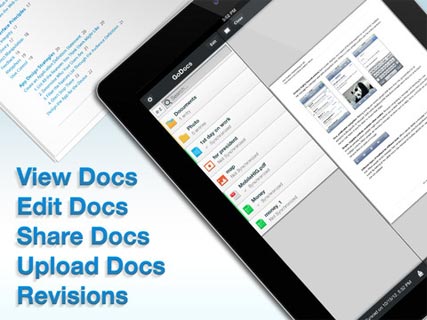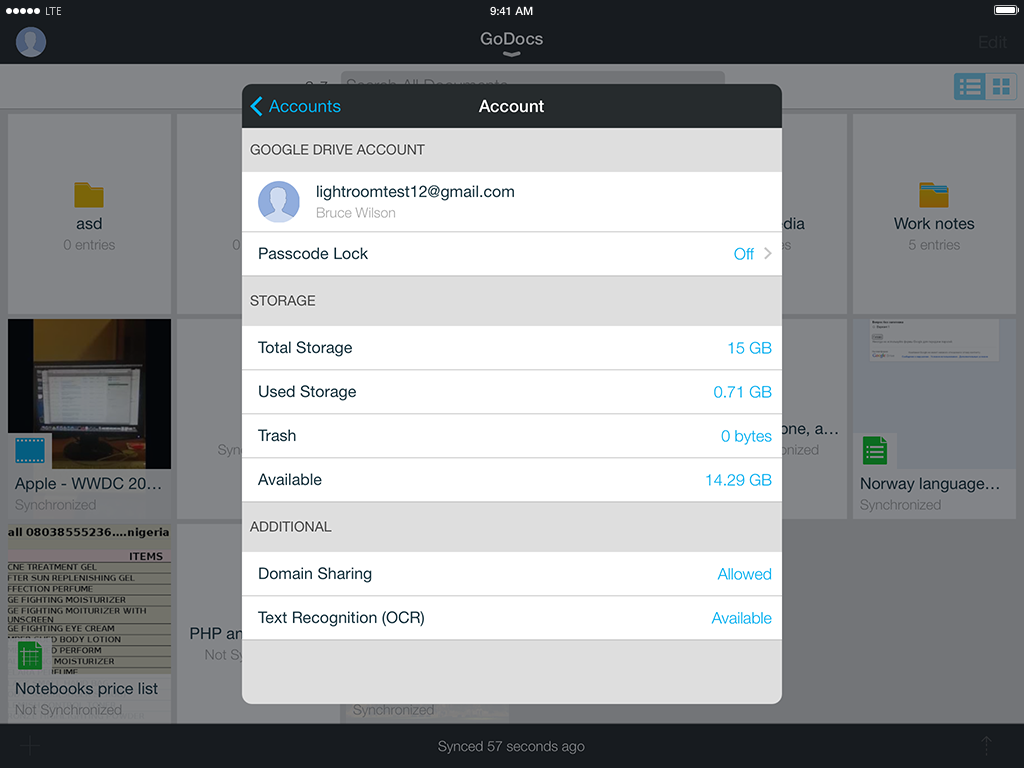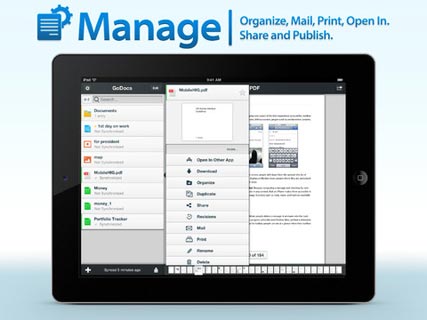

In general, you should not need to create additional spans when tracing your application. Likewise, an operation may fail without an explicit error occurring that needs to be recorded. For example, a “file not found” error may change the behavior of an operation, but not cause the entire operation to abort. You might think that recording an error automatically sets the span status to error, but it doesn’t! This is because not all go errors represent a failed operation. NOTE: You can use the Collector to modify and override the span status on any span, as well as add and remove attributes. HTTP instrumentation will automatically set the span status to error for 4xx and 5xx HTTP status codes. By setting the span status to Error, you are telling your tracing system that this operation has failed, and it should trigger any configured alerts and count against your error budget error budget. Tracing systems are designed to alert and trigger on failed operations.

It ensures that the error is formatted in a standard fashion.įinally, Setting the status is probably the most important mechanism to know about. Recording errors is a special form of adding an event. It saves a lot of time when you are moving quickly and root causing a problem. I think you will discover that finding events attached to your spans is easier than finding logs that have no tracing context. This is how you record fine-grained detail about what your application is doing. Each event has a message, a timestamp, and a set of attributes. This allows you to group and search for data more effectively.Īdding events is the tracing equivalent of structured logging. Setting attributes adds additional indexes to your span. Once you have the span, you can add attributes, events, and other options. When context is flowing correctly, and your server is creating spans for you, a span will always be available in the current context object. To access the current span, call the SpanFromContext method. First, you need access to the span that was created by the HTTP instrumentation you set up. Import ( "/lightstep/otel-launcher-go/launcher" "go.opentelemetry.io/otel/semconv" ) func main ( ) Īdding this information to a span has two parts. Lightstep provides an OpenTelemetry distro that configures these components for you (more on that later). The first contains the core components: the OpenTelemetry API and SDK. There are two types of components you will need when installing OpenTelemetry OpenTelemetry.
GODOCS TUTORIAL FREE
If you want to see your data easily, sign up for a free Lightstep account free Lightstep account to try this tutorial.
GODOCS TUTORIAL CODE
Feel free to use this code as a reference when you get started with instrumenting your own application.

If you want to try out OpenTelelmetry in Go, follow the guide below.Ī heavily commented version of the finished tutorial can be found at here here. Span methods: SpanFromContext SetAttribute, AddEvent, RecordEerror, SetStatus, and End.

GODOCS TUTORIAL HOW TO
Initialization: How to set up instrumentation and shut down cleanly. Today we’ll be focusing on one of my favorite languages, Go. Welcome back to the latest edition of All you need to know.


 0 kommentar(er)
0 kommentar(er)
